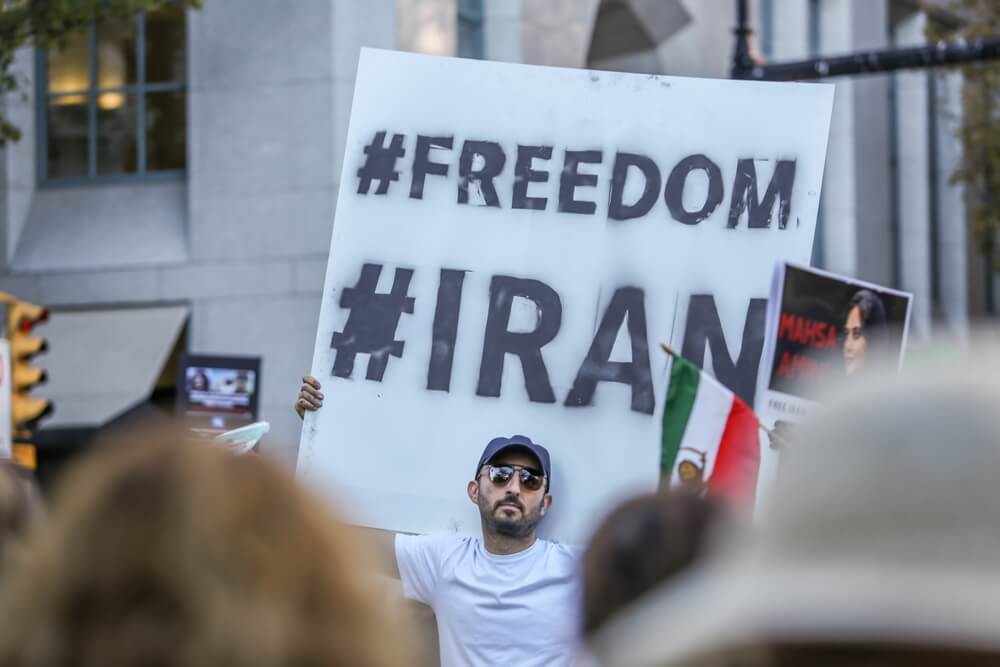More than 200 political prisoners, including women and minors, have faced execution in Iran since January 2023. But beyond the executions, a particularly disturbing development has emerged within the Iranian prison system: the escalation of pharmacological torture against political prisoners.
This method of oppression involves the use of psychotropic drugs and other pharmacological methods as tools of torture. Reports from reputable organizations like Amnesty International and Freedom from Torture have highlighted this alarming trend.
For instance, a 2017 report indicated that at least 10% of Iranian prisoners suffered from pharmacological torture. But the Campaign to Free Political Prisoners in Iran (CFPPI) notes a significant increase since September 2022. This form of torture, often leaving no physical scars, involves the covert administration of psychoactive drugs to induce pain, disorientation and compliance.
The methodology has shifted from voluntary to forcible drug administration, a stark indication of the regime’s desperation to suppress dissent. Drugs like benzodiazepines and antipsychotics are surreptitiously added to food and water, leading to involuntary consumption. Victims suffer severe psychological and physical effects, including hallucinations, paranoia, addiction, and in some cases, death. Such methods break a person’s spirit and will without external signs of abuse, complicating proof and reporting.
Iran not alone in use of drug torture
The use of drugs for political repression is not unique to Iran. Historically, other regimes have employed similar tactics. For example, during the Soviet era, the USSR infamously used psychiatric hospitals and drugs as tools of political repression against dissidents, labeling political disobedience as a form of mental illness. In the 1970s, Chile under Pinochet’s regime used drugs as part of their torture techniques against political prisoners. These historical instances mirror the current situation in Iran, highlighting a sinister thread in the use of pharmacology for political control.
Cases of suspicious deaths, particularly post-release during the 2022-2023 protests, raise further concerns when it comes to Iran. The Iranian government’s explanations of these deaths as “suicides” or “overdoses” are often unverified and disputed by families, who risk further detention for speaking out. The addiction developed during incarceration continues to affect individuals long after their release, impeding their reintegration into society.
Evidence of these practices comes from various sources, including firsthand detainee accounts, testimonies of former political prisoners, and published reports. One notable account is that of 25-year-old Kurdish rapper Saman Yasin, arrested during the 2022 protests following the death of Mahsa Amini at the hands of the morality police for improper hijab. He reported experiencing mock executions, beatings, and pharmacological torture, including involuntary injections and forced pill consumption.
The international community, including organizations like Amnesty International and the United Nations, has begun to acknowledge these atrocities. However, the response has been insufficient to curb the ongoing practice of pharmacological torture. This situation demands urgent and decisive international action, including thorough investigations, holding the Iranian regime accountable and applying diplomatic pressure to halt these inhumane practices.
The systematic use of pharmacological torture in Iranian prisons is a stark reminder of the regime’s disregard for basic human rights. The international community must not remain silent. Concrete steps must be taken to investigate these abuses, hold perpetrators accountable and support victims and their families. Global action is imperative to end these atrocities and ensure such practices are relegated to history.







